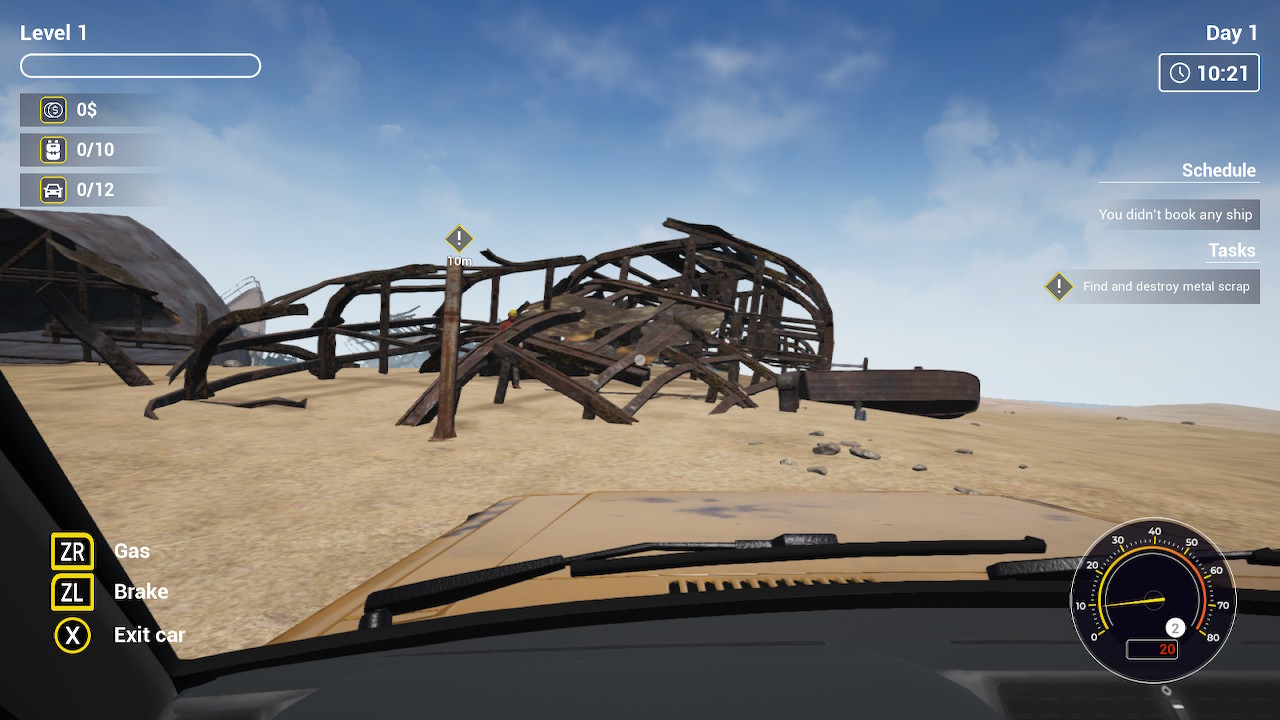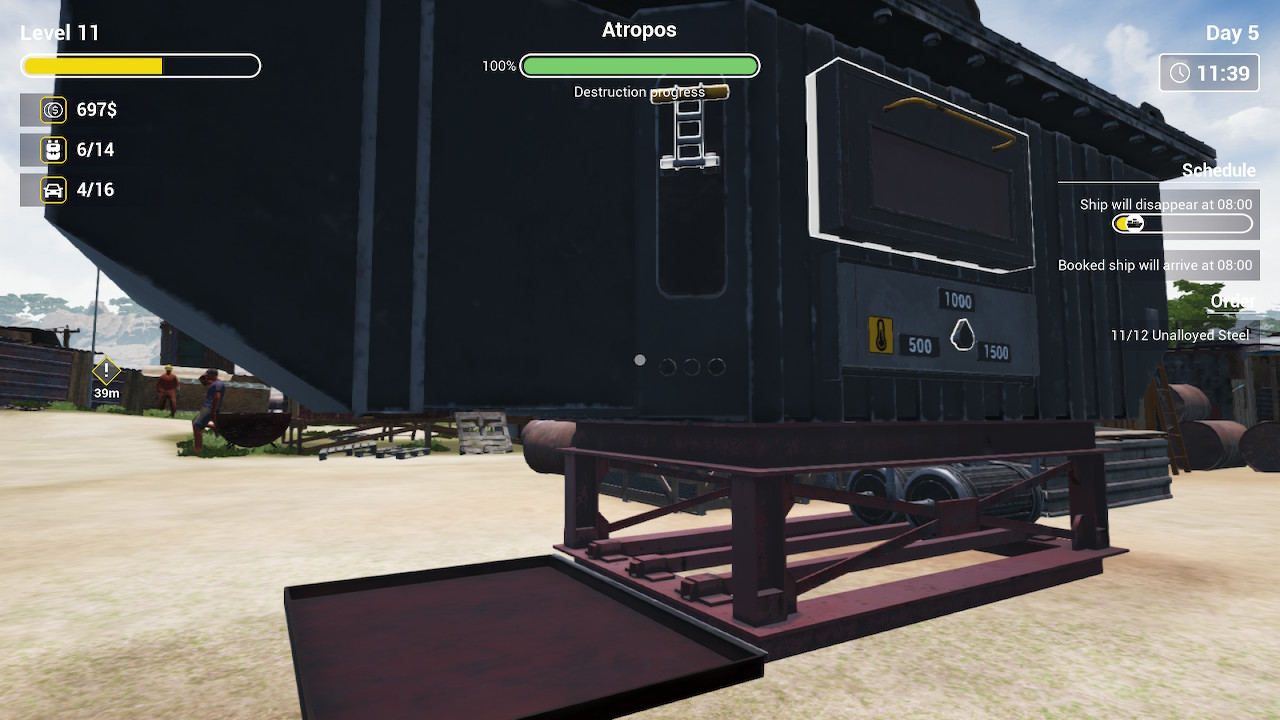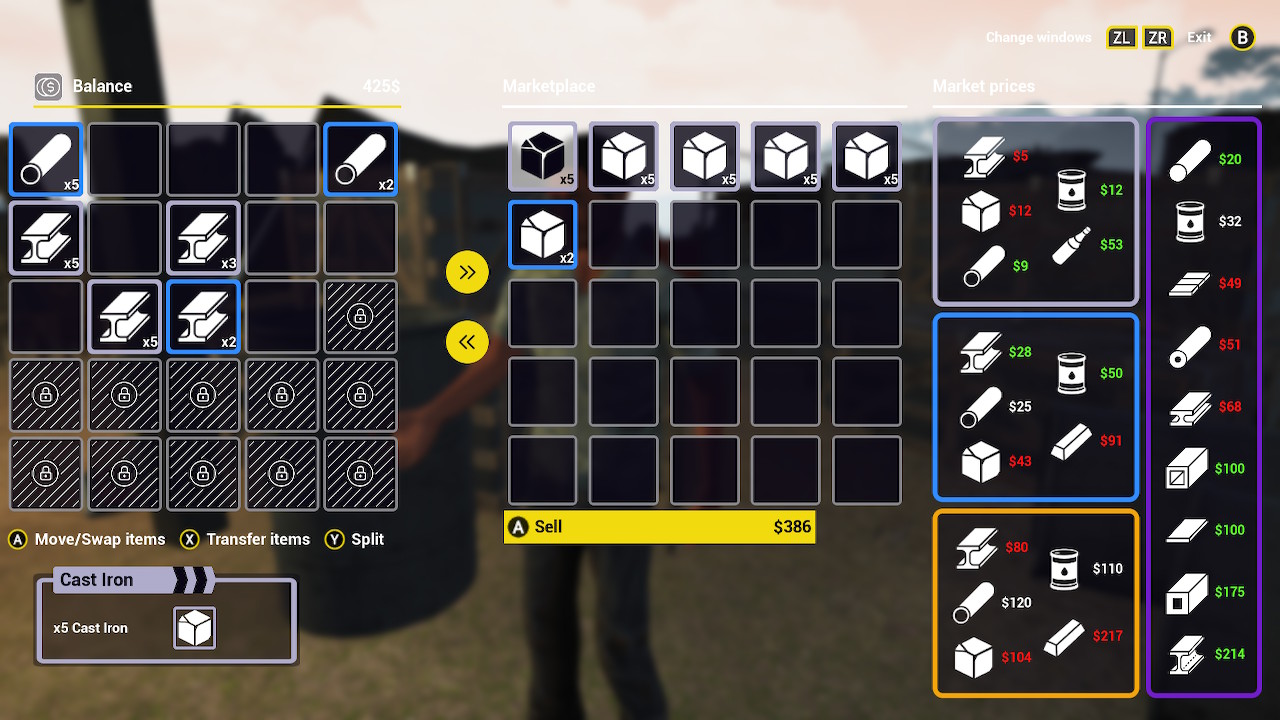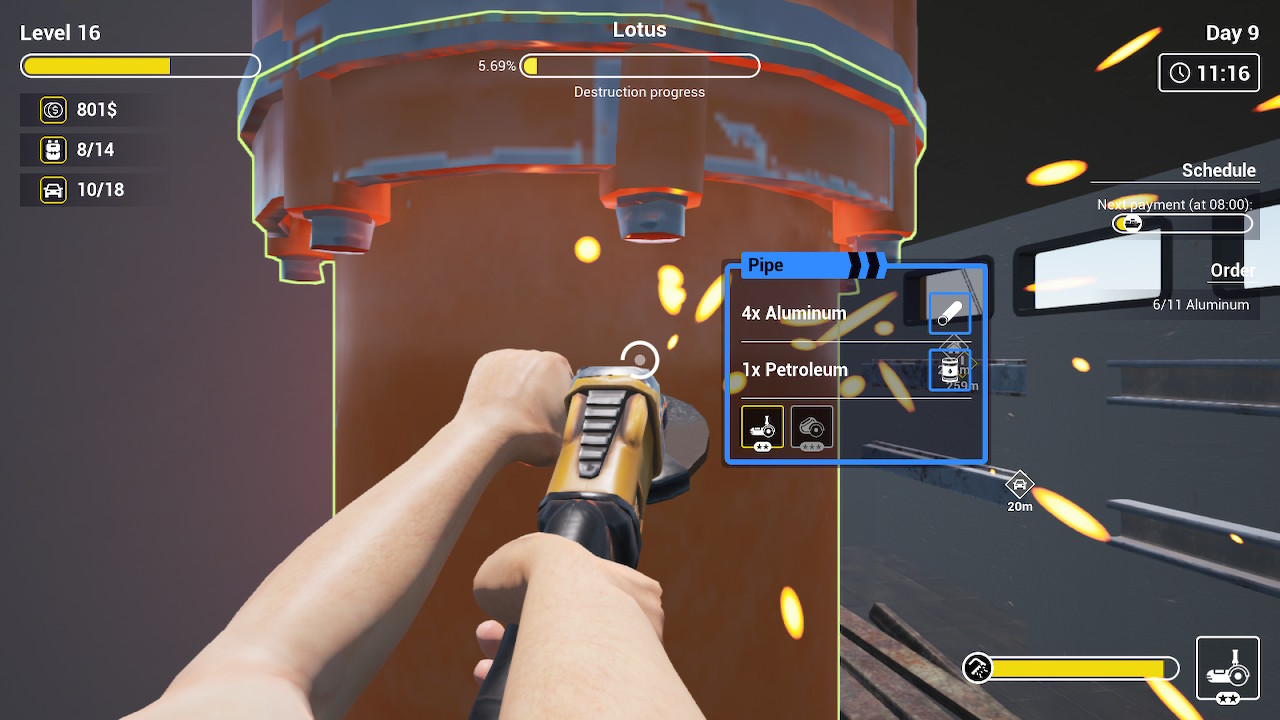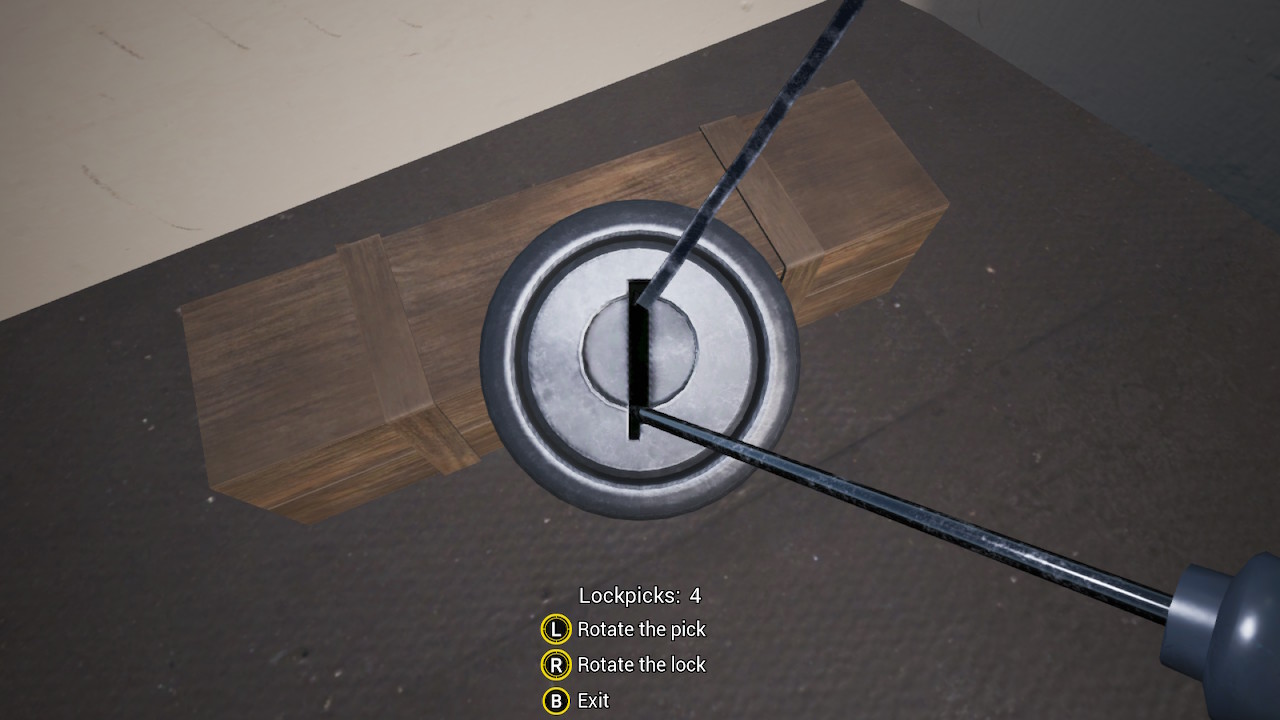It's a living.
I don’t think I’m alone in wondering this question: “Can I ever experience, even in a virtual form, what it must be like to take on the task of breaking down a sailing vessel to its recyclable components? Do I dare to dream?”
Because we live in the future, the answer is now, finally, “Yes.”
In Ship Graveyard Simulator you play a white dude (you can see your arms) who lives in a village of brown people (you can see them) and whose job it is to ram sailing vessels into the ground, then break some of the parts, then sell them.
That’s it. That’s the game.
In some ways, this is the purest version of a crafting game I’ve ever seen, and I must admit the simplicity of it is very relaxing. You order a boat, climb on to it, and use your tools to break it down. You can either sell those component parts directly or, for more profitability, take on contracts and combine them into more worthwhile alloys.
As you go along, you power up your tool seller (why am I paying for a business I paid to increase?), your storage space (to achieve better alloys), and your barracks (to hire NPCs to more quickly strip the vessels).
The gameplay is very simple. You approach a component, and it tells you what tool (hammer, saw, blowtorch, etc.) you’ll need to break it down. Use that tool, collect the bits, fulfill requests, build better facilities, get bigger ships. You don’t break down the entire ship, although later in the game you will start to take apart the hull, and every component tells you what tool you must use to deconstruct it. Cleats and pipes need a sledgehammer. Other items need a power saw.
And then there is my personal Satan: the blowtorch. The blowtorch is by far the most difficult part of the game, as the items you use it on are mounted on the wall, which makes it hard to maneuver around. Also, to “cut” with the torch means to drag the tool along a narrow line. The controls aren’t really sensitive enough to do a slow, steady movement. It’s more like watching a small child color with a crayon, desperately dragging it back and forth.
Cutting with a handsaw can also be a pain, as the component will display how much of it remains to be cut. But if you end up with a stump attached to a wall, figuring out where to position your player so he can actually make the cut can be difficult.
Story-wise, there isn’t any. It’s not that the game is mindless, the point of the game is to be mindless. There are no enemies, there is no conflict (other than your profitability), and it is immensely satisfying to hit L several times to break up whatever it is on the ship. There’s also a lockpicking mechanism that’s straight out of, well, most games, that allows you to find bonus materials.
But the main appeal of this game is just beating the crap out of old steel hulls and selling it to others. The graphics are janky (circa ’90s), and there’s no world-saving plot, just an idea to make a buck doing an honest day’s work.
I found it oddly appealing.
Review: Ship Graveyard Simulator
Fair
Ship Graveyard Simulator is exactly what it says on the tin. Using different tools to break down ship parts and sell them for profit may not sound like the best use of your gaming time, but it can be a relaxing alternative to the typically high pressure, high stress fare.

